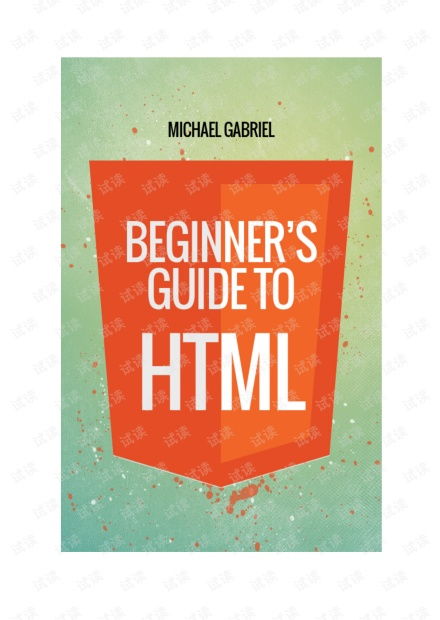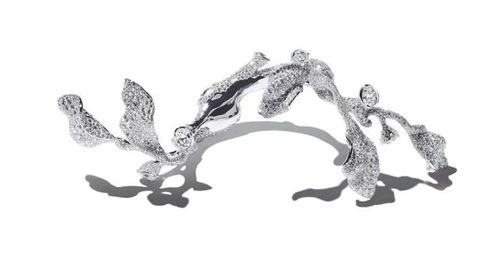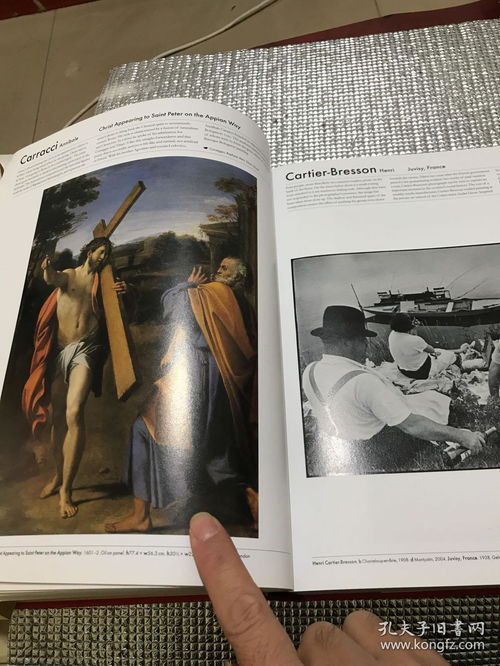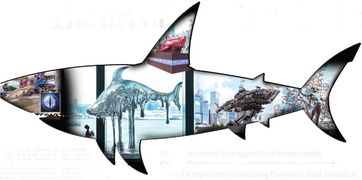Content:
Fishing is an enjoyable and relaxing hobby that allows you to spend quality time with nature. Whether you are looking to unwind after a long day or want to spend some time with your family and friends, fishing can be a rewarding experience. However, if you are a beginner, it can be overwhelming to start. In this article, we will provide you with some essential tips and techniques to help you get started on your fishing journey.

Choose the Right Equipment
The first step in learning how to fish is to choose the right equipment. Here are some essential items you will need:
- Rod and reel: The rod and reel are the most crucial tools for fishing. When selecting a rod, consider the type of fish you want to catch and the type of fishing you plan to do. For beginners, a medium-action rod with a spinning reel is a good choice.
- Line: Choose a line that matches the type of fish you are targeting. Monofilament lines are flexible and forgiving, making them ideal for beginners.
- Hooks: Hooks come in various sizes and shapes, so choose the appropriate size for the fish you are targeting.
- Lures and baits: Lures and baits can be used to attract fish. Start with simple lures like spinners and jigs or natural baits like worms and crickets.
- Tackle box: A tackle box is a storage container for all your fishing gear. Make sure it is well-organized and easy to carry.
Learn the Basics of Casting
Casting is the process of throwing your lure or bait into the water. Here are some tips to help you master the casting technique:
- Hold the rod with a comfortable grip: Place your index finger on the reel's handle and wrap the line around your fingers. Keep the rod in a comfortable position, with your elbow close to your body.
- Load the rod: To load the rod, lift the tip and allow the line to flow through your fingers. When the line is tight, stop lifting the rod.
- Cast: To cast, move the rod back and then forward with a smooth, continuous motion. As the rod reaches the target, release the line with your fingers.
Understand the Basics of Baiting
Baiting is the process of attaching your lure or bait to the hook. Here are some tips to help you get started:
- Cut the bait: If you are using live bait, such as worms or crickets, cut the bait into small pieces. This will make it easier for the fish to bite.
- Attach the bait: To attach the bait, thread it onto the hook. Make sure the bait is secure and won't come off easily.
- Present the bait: When presenting the bait, move it in a natural way. For example, if you are using a worm, wiggle it in the water to mimic its natural movement.
Learn to Read the Water
Understanding the water you are fishing in is crucial for success. Here are some tips to help you read the water:
- Observe the water: Look for areas where fish might be hiding, such as rocks, logs, or weed beds.
- Pay attention to the surface: Look for signs of fish activity, such as bubbles, ripples, or splashes.
- Be patient: Fish may not bite immediately. Give the fish time to adjust to your presence and the bait.
Practice Patience and Persistence
Fishing is a patience game. It takes time to learn the ropes and catch fish. Here are some tips to help you stay patient and persistent:
- Start with easy fishing spots: Begin by fishing in calm waters with few distractions.
- Take breaks: If you are not catching fish, take a break and try again later.
- Learn from your mistakes: Analyze your fishing technique and learn from your mistakes.
In conclusion, fishing can be a fulfilling hobby for beginners and experienced anglers alike. By following these tips and techniques, you will be well on your way to mastering the art of fishing. Remember to always respect the environment and the fish you are targeting. Happy fishing!












